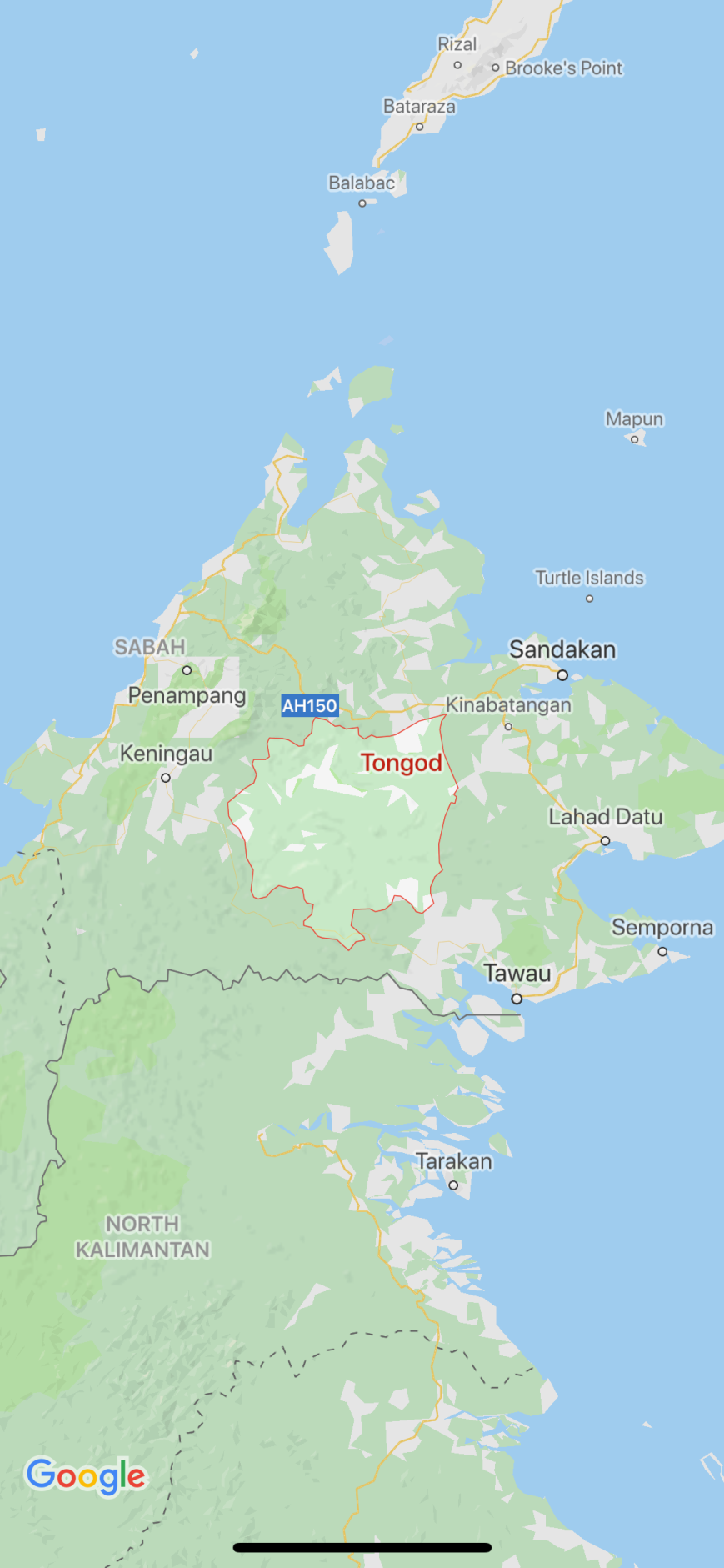It’s about time I let you in on a little secret. Stinky Spikes No. 1 isn’t alone. That’s right. All along, I’ve been worried that SS No. 1 may not make it and in a subsequent durian session, SW and I collected more durian seeds (which fit our criteria for suitable growth) and decided to have a go at germinating them too.

Big Stinky Seeds of the D24 Durians
This time, the seeds weren’t from a Tauwa tree, but a rather delicious D24. Common enough I hear you say, yes, its true. D24 is very commonly found and quite consistent in flavor and texture, a much loved and dependable favorite of the Durian world. However, it is a hybrid and being one of the most successful ones around, we figured it to be a tenacious specie of the lot and therefore worth a try.
HOW WE CHOSE THE OPTIMAL SEEDS FOR GERMINATION AND GROWTH
From our last Tauwa experience for SS No. 1, I decided that I had learned something. Out of the 2 seeds I had brought home and treated in exactly the same fashion, only one germinated successfully while the other simply withered up, turned black and underwent necrosis in the exact same pot.
Pondering upon the what’s and the why’s led me to suspect (as I have mentioned in previous posts) that SIZE does indeed matter. The bigger and more symmetrical of the 2 seeds germinated while the other one which was flattish and sort of slightly mis-shapened didn’t develop… (see above para).
Hence, this led to the ultimate conclusion that seeds should be BIG, ROUND, FULL and FRESH!
Another important criteria was the cleaning and removal of the remaining flesh and the mild sterilization to ensure that mould and other germs don’t beat the germination process by consuming the entire seedling before it has a headstart in life.
So there you have it, the choicest round, heavy, largest seeds we had from the pack.

THE SEED THAT WOULD NOT GERMINATE
Just to illustrate this point further, here’s an example of a seed to avoid taking home to germinate. I thought this seed looked so peculiar, it resembled a funny looking nose with indentations on each side and of totally unbalanced proportions. A seed like this would probably not have the right supplies of food stores and wouldn’t be an optimal candidate for germination.
SECRET STASH OF STINKY SPIKIES OF THE D24 KIND
Observation: This time round, I paid more attention to the possibility that bigger seeds might yield bigger and healthier plants. I’m glad to say that this hypothesis isn’t far wrong and big seeds do certainly yield bigger plants from the very start.
Anyway, here’s a brief starter glimpse into the germination process and in the next entry, I will feature the Stinky spikes plantlings themselves.

The 3 D24 Durian Seedlings

D24 seedlings germinating side view
Top view of the D24 Stinky Spikes, SS No.2, SS No. 3 and SS No. 4
Notice how large these stems are, literally splitting the seed open.
Side view of the 3 D24 Durian Seedlings
This photo provides you with some perspective of the size of the seeds and you can see how strong and firm the stems are pushing down into the cotton wool with its singular tap root probing for the water. The stems are almost as tall and long as the seed itself.

4 D24 Durian seedlings germinating
Top-Side View of the 4 Durian Seedlings germinating in the box.
Notice that 3 have prominent roots and stems already, while the seedling on the top right looks healthy but fails to produce roots. This seed had developmental issues and failed to develop further although it did absorb a lot of water and always appeared to be about to germinate.



 Root of a problem: A resident looking at the durian tree that has become a bone of contention among neighbours in Moulmein Road, Singapore.
Root of a problem: A resident looking at the durian tree that has become a bone of contention among neighbours in Moulmein Road, Singapore.
















